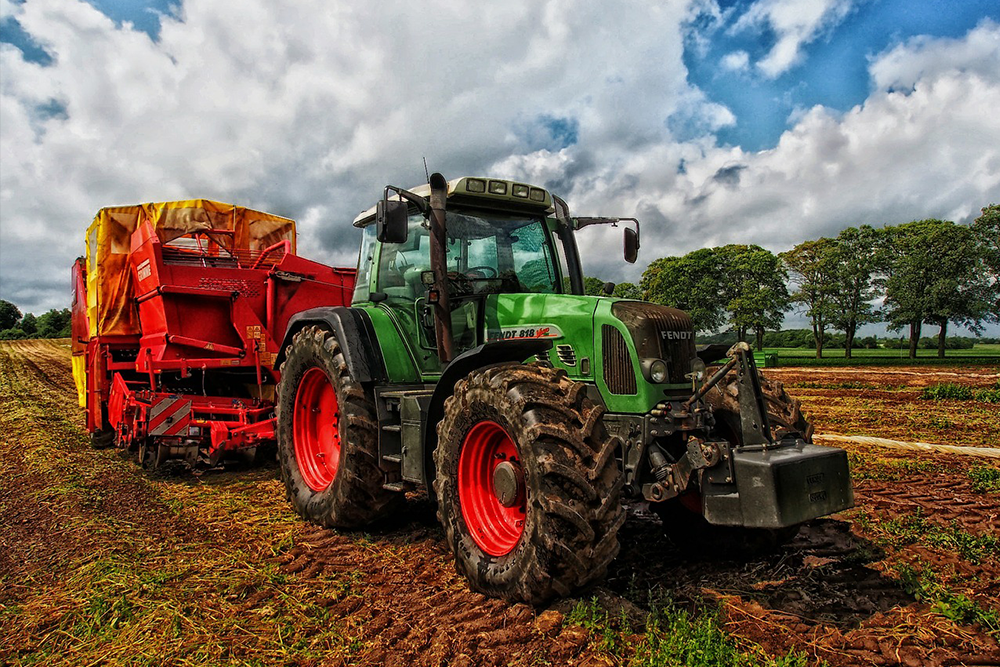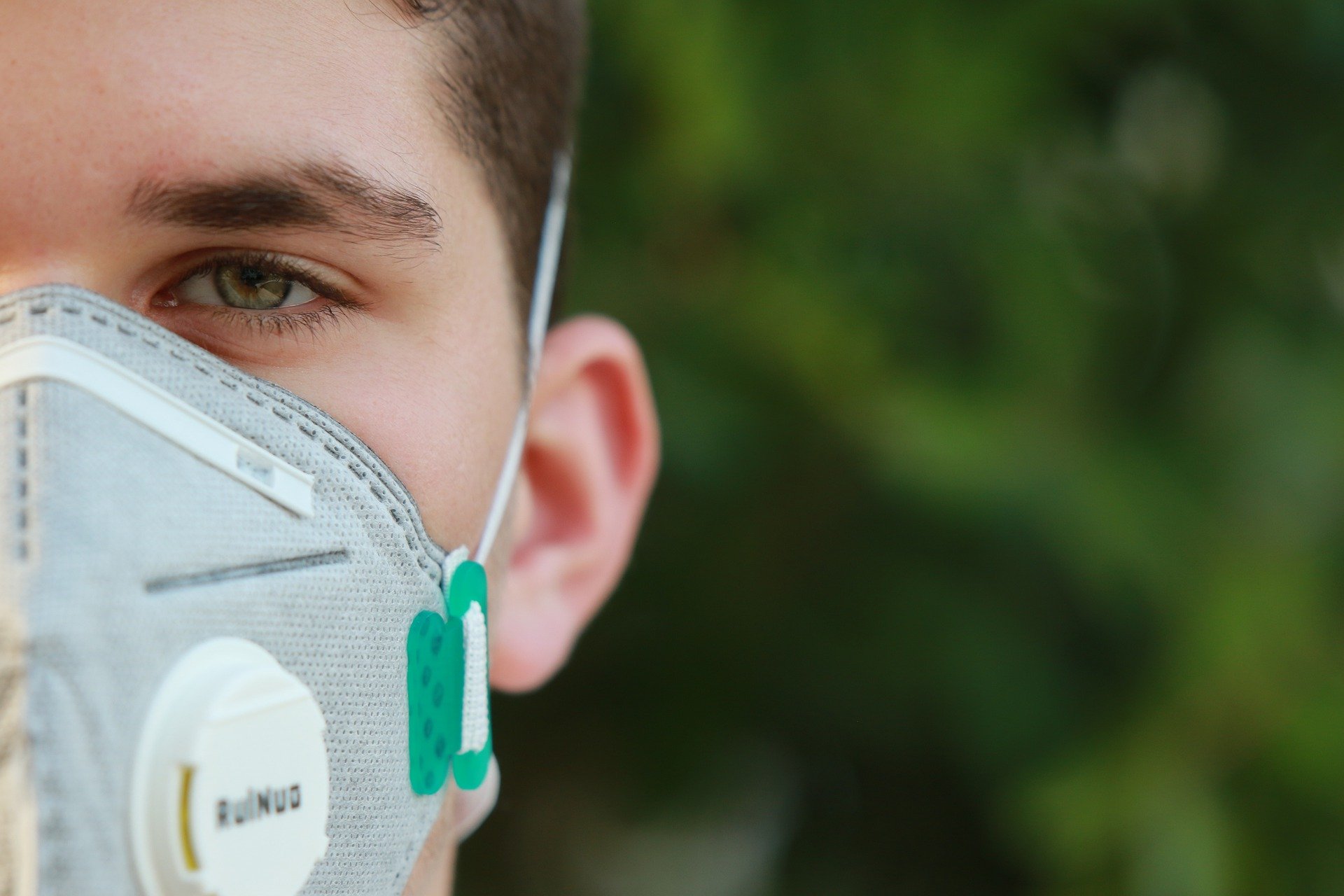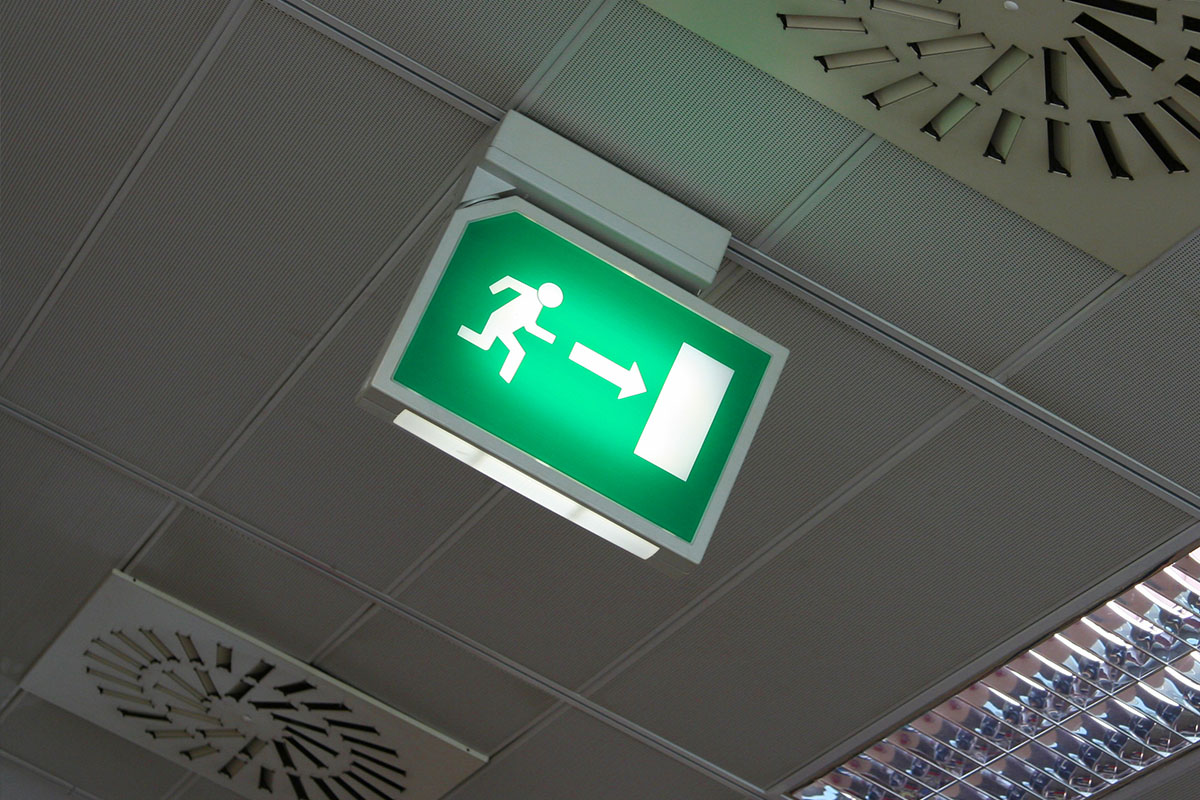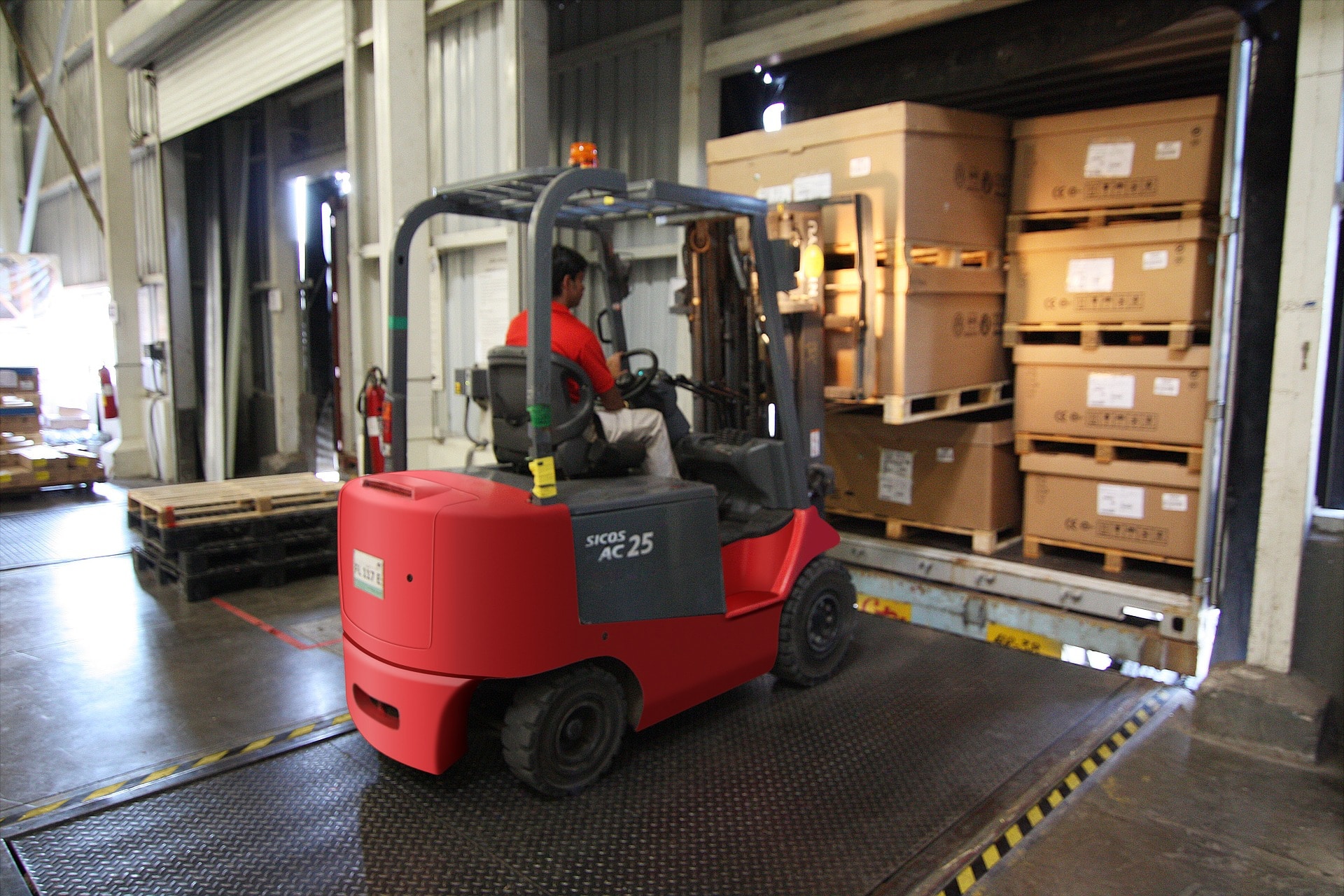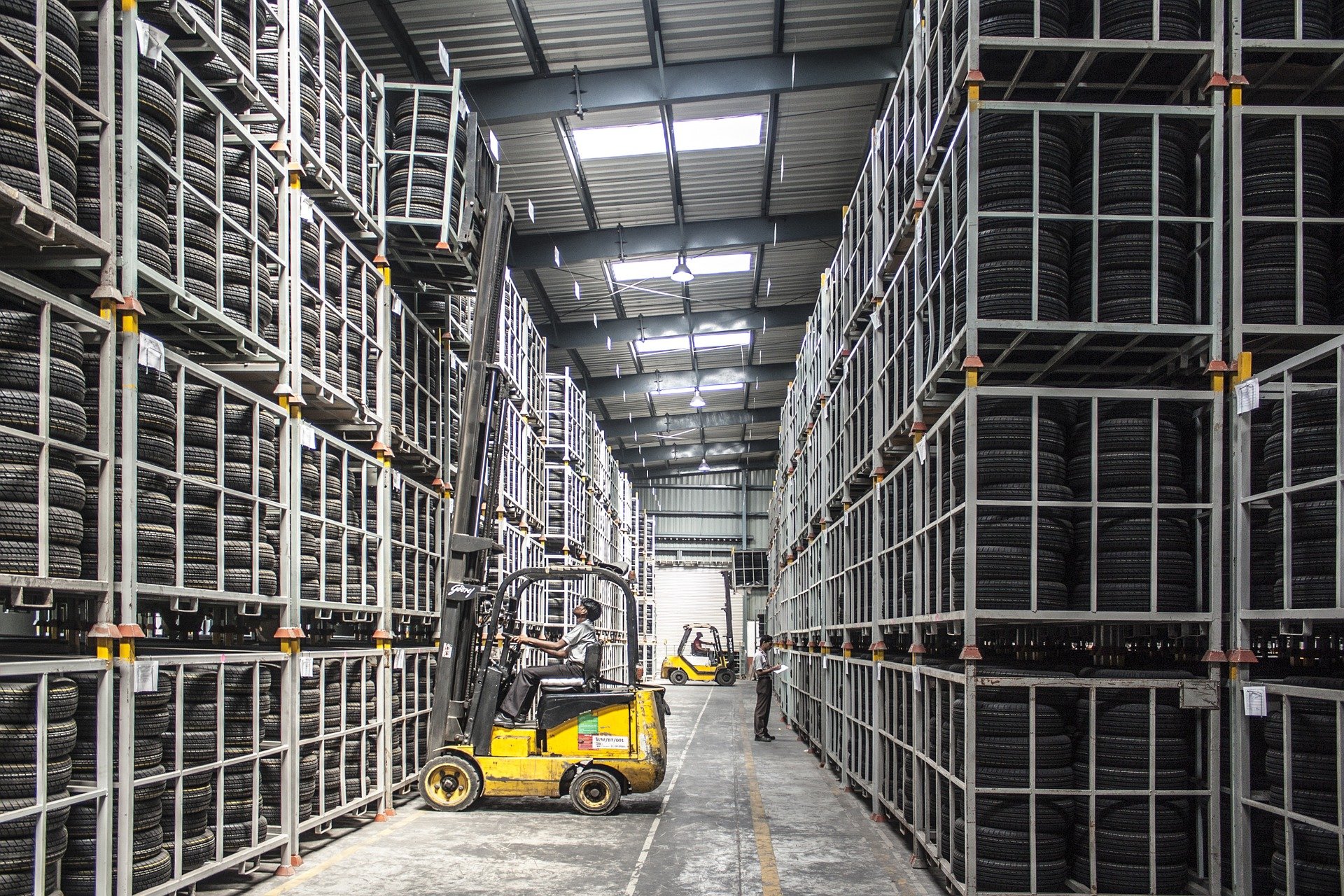The HSE in Northern Ireland (HSENI) and several other bodies set up the Farm Safe Partnership to promote safety on farms in Northern Ireland. Last year this body launched Farm Safe Essentials as part of the 2020-2023 Farm Safety Action Plan. Farm Safe Essentials promotes key actions and simple precautions which every farmer should employ to protect themselves and others … Read More
CORONAVIRUS AND OCCUPATIONAL RISK
While the majority of deaths involving Covid-19 have affected people in the 65 and over age groups, there have been a significant number of deaths of people younger than this. In January the Office for National Statistics (ONS) published an analysis of deaths by different occupational groups, among men and women aged 20 to 64 years in England and Wales. … Read More
ADAPTING FIRE PRECATIONS DURING A PANDEMIC
The ongoing coronavirus pandemic and the need to keep workplaces safe has brought many changes to the way we work, with many people now working from home or extra hygiene and measures to support social distancing being put in place in workplaces. Some of the measures put in place to control Covid have implications for fire safety and a number … Read More
CORONAVIRUS CHANGES TO OUTBREAK REPORTING GUIDANCE
The office guidance on how to keep your workplace safe during the Coronavirus pandemic is constantly evolving as the situation and knowledge changes. Different rules and guidance can apply in in different parts of the UK so we recommend that you regularly check the guidance for area / sector. Official guidance can be found at: England – https://www.gov.uk/coronavirus Northern Ireland – https://www.nidirect.gov.uk/campaigns/coronavirus-covid-19 … Read More
NEW YEAR NEW RULES NEW LOCKDOWNS
With the coronavirus threat ongoing, in many ways 2021 is not getting off to the best of starts. Wherever you are in the UK there are lockdowns and restrictions currently in place, while the exact details may vary between the different nations, for example garden centres can open in England but must close in Scotland (the opposite applies to golf … Read More
Coronavirus – When to Report an Outbreak
Official advice on what actions you need to take to protect yourself, your employees, your customers and others is continually being updated as the situation changes and local and national regulations are introduced. Sometimes this can lead to differences in the guidance and requirements for different parts of the UK. Any article that try’s to explain all the different requirements … Read More
LATEST GB INJURY AND ILL HEALTH STATISTICS RELEASED
The HSE has issued their latest annual statistics for levels of work related injury and ill health in the UK. These statistics cover the year April 2019 to March 2020 and are not thought to have been significantly affected by Covid-19. The figures show that 1.6 million workers were suffering from work related ill health (new or long term) in … Read More
MINIMISING MANUAL HANDLING RISKS
With figures recently released by the HSE showing that handling, lifting or carrying accounted for 19% of all non-fatal injuries to employees in 2019/20 it is important that employers take steps to protect workers from risks associated with hazardous manual handling activities in the workplace. With the busy run up to Christmas and January sales, there can be extra risks … Read More
WHICH INSPECTOR IS CALLING?
The HSE are making a particular effort to carry out as many spot checks and inspections as possible during the Coronavirus pandemic with a particular focus on making sure that workplaces are Covid-secure. In order to do this they have announced that in addition to their normal inspectors they are using approved providers to carry out the spot check calls … Read More
GAS DETECTOR SAFETY ALERT
Sampling tubes are sometimes used to extend the reach of gas detection devices and/or to allow detection at an increased distance from the user. Following a recent incident where a gas detector failed to detect the presence of a flammable vapour the HSE have released a safety alert highlighting the risk of misleading gas detection readings associated with the use … Read More
